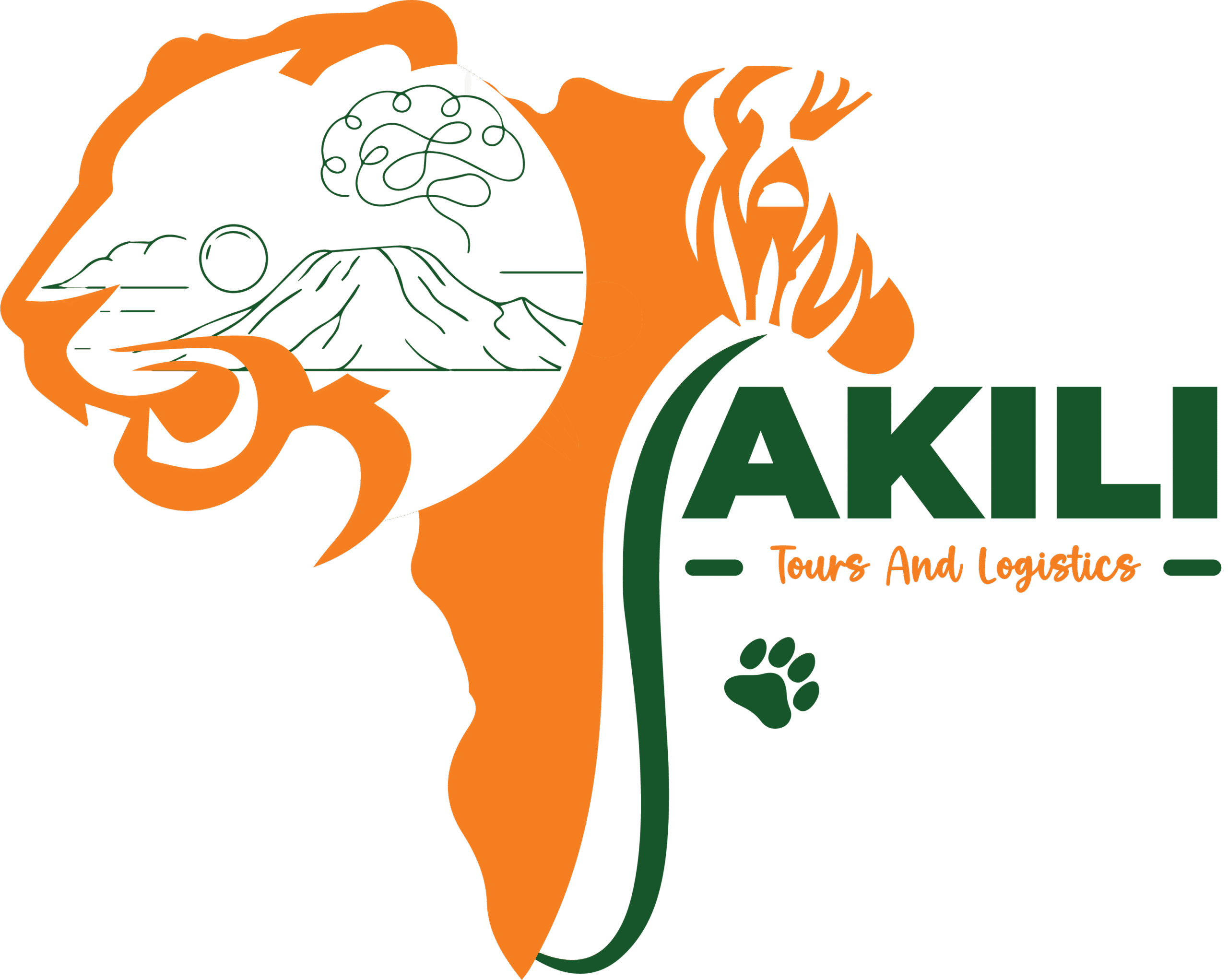Northern Circuit Destination
A Legendary Journey Through Africa’s Finest Wildlife and Landscapes”
Northern Tanzania’s Greatest Treasures
Tanzania’s Northern Circuit is the most popular and well-established safari route in East Africa, offering an extraordinary blend of diverse ecosystems, iconic wildlife, and rich cultural experiences. This circuit includes some of the continent’s most celebrated parks and conservation areas — Serengeti National Park, Ngorongoro Conservation Area, Tarangire National Park, Lake Manyara National Park, and Arusha National Park, as well as unique cultural and scenic destinations like Lake Natron and Lake Eyasi.
Whether you’re a first-time visitor or a seasoned safari-goer, the Northern Circuit delivers the classic African safari experience in its purest and most spectacular form.
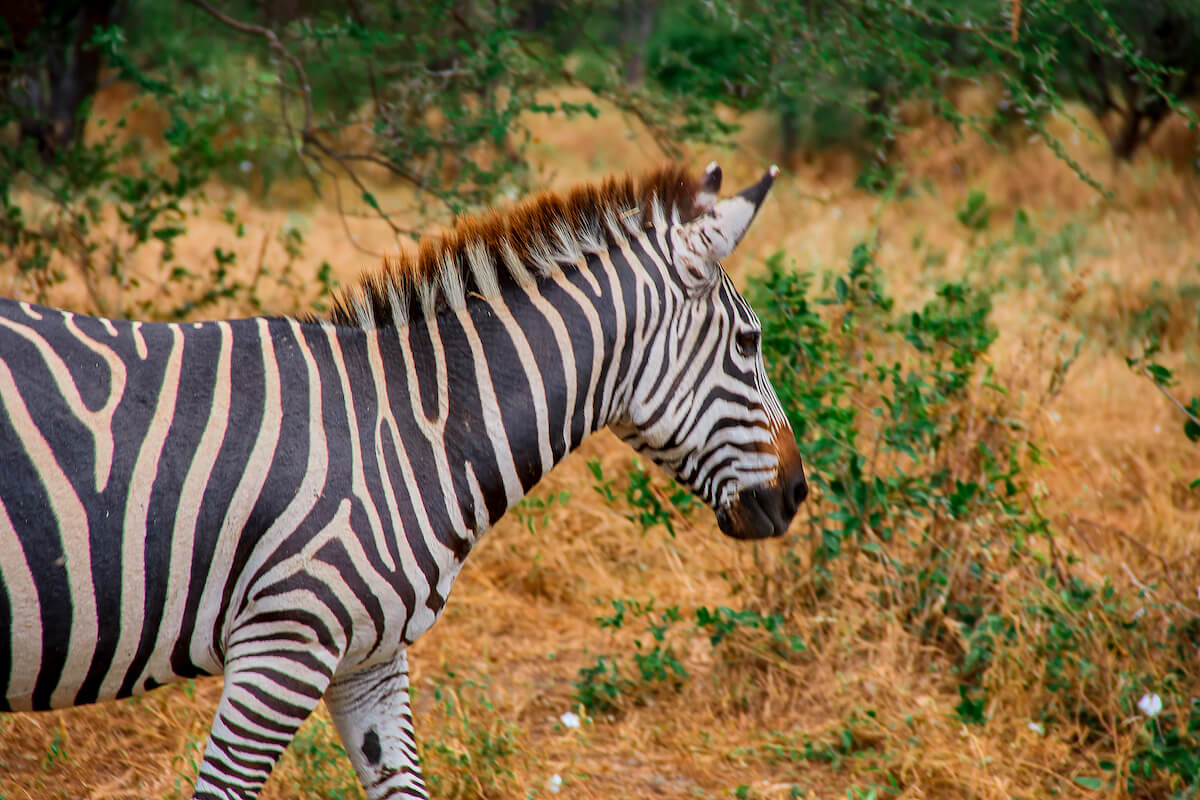
What sets the Northern Circuit apart is not only its incredible biodiversity but also the seamless accessibility between destinations. Travelers can move from the vast plains of the Serengeti to the lush forests of Lake Manyara, the towering crater walls of Ngorongoro, and the elephant-rich savannahs of Tarangire — all within a single trip.
Each park has its own distinct personality, landscapes, and wildlife, offering something new and thrilling at every stop. The circuit also allows for deep cultural encounters with local tribes such as the Maasai, Hadzabe, and Datoga, making it a journey rich in both nature and heritage.
Serengeti National Park "Where the Wild Still Roams Free"
About the Park
Serengeti National Park is Tanzania’s most iconic and celebrated wildlife reserve, stretching over 14,000 square kilometers of vast plains, acacia woodlands, and rocky outcrops known as kopjes. It forms the heart of the Serengeti ecosystem and is a UNESCO World Heritage Site, globally recognized for its ecological importance and unspoiled wilderness. The park represents the classic African safari experience and offers visitors a chance to witness nature in its purest form, where ancient migration routes and predator-prey interactions play out in real time.
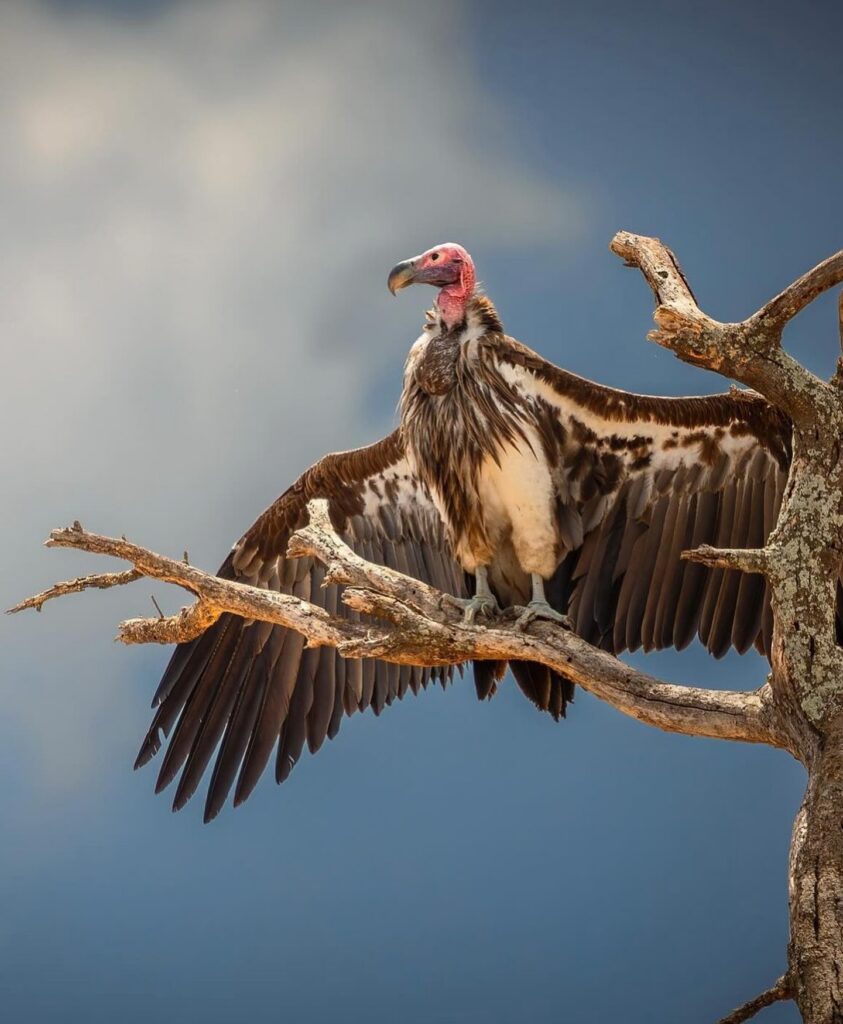
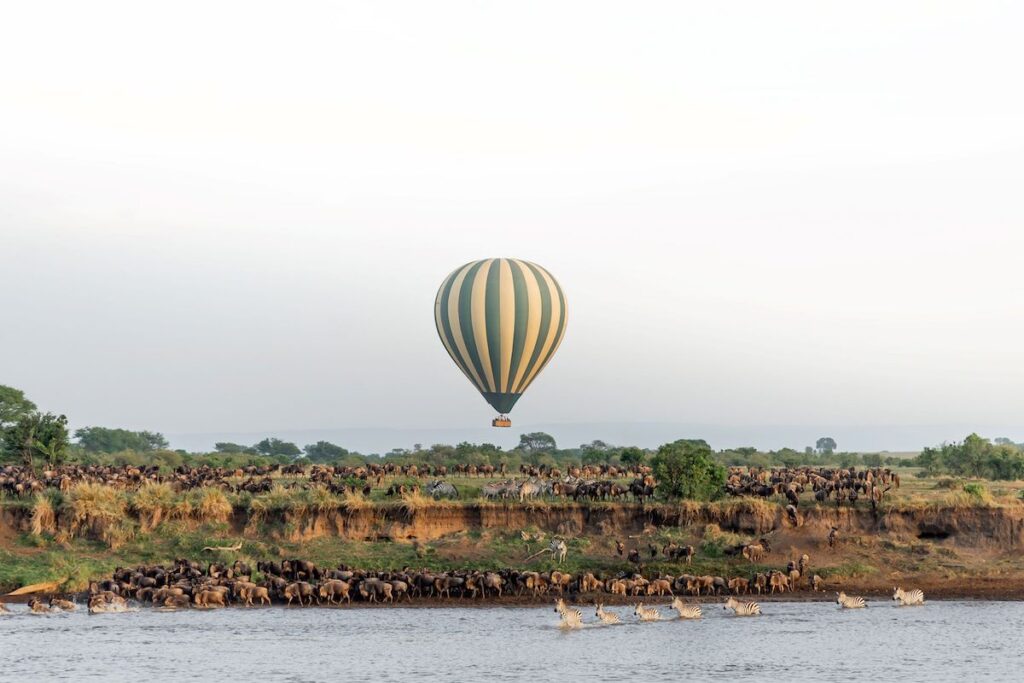
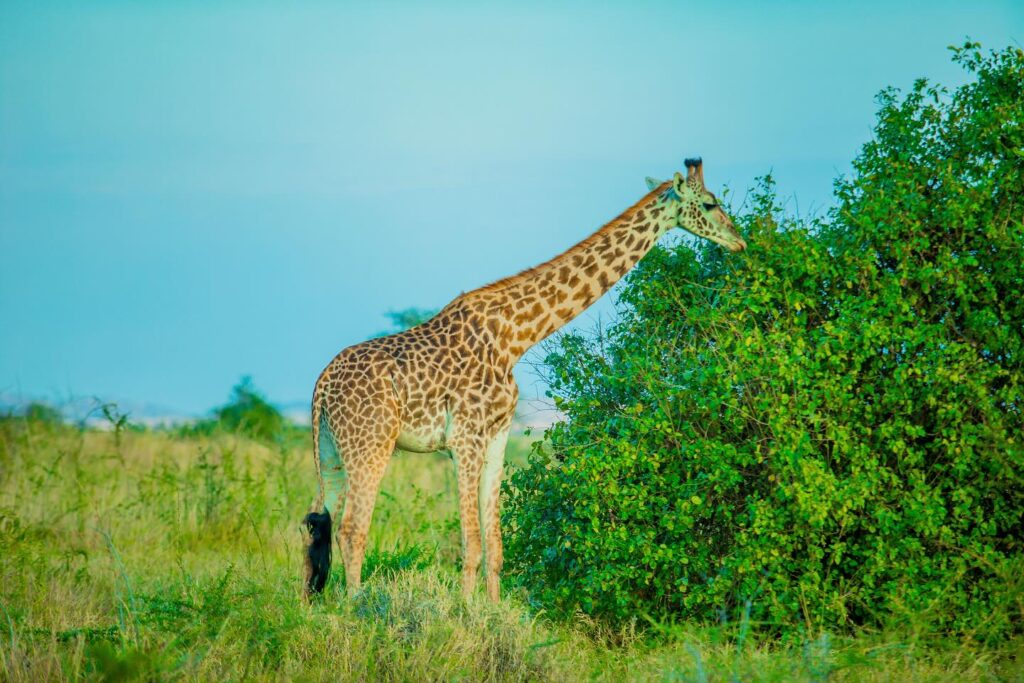
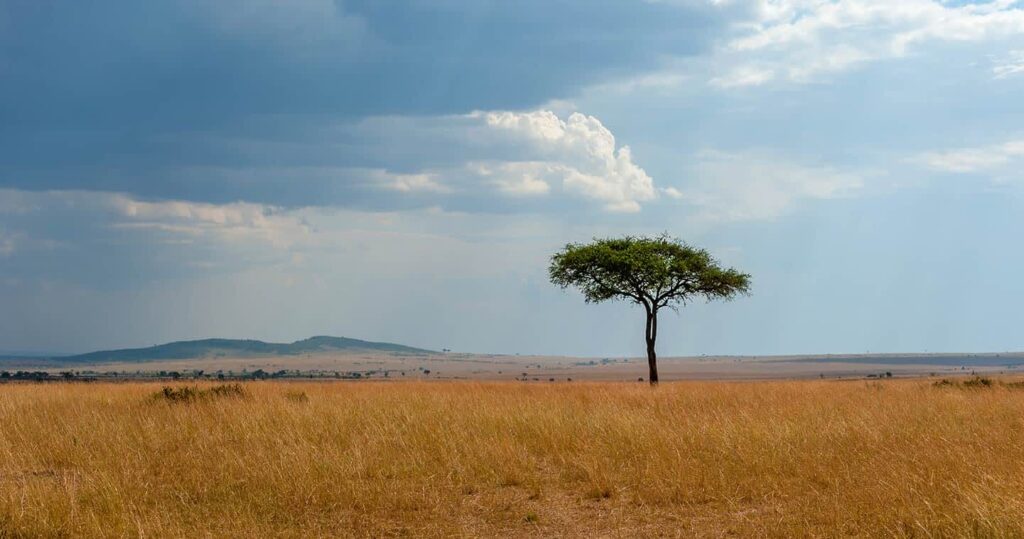
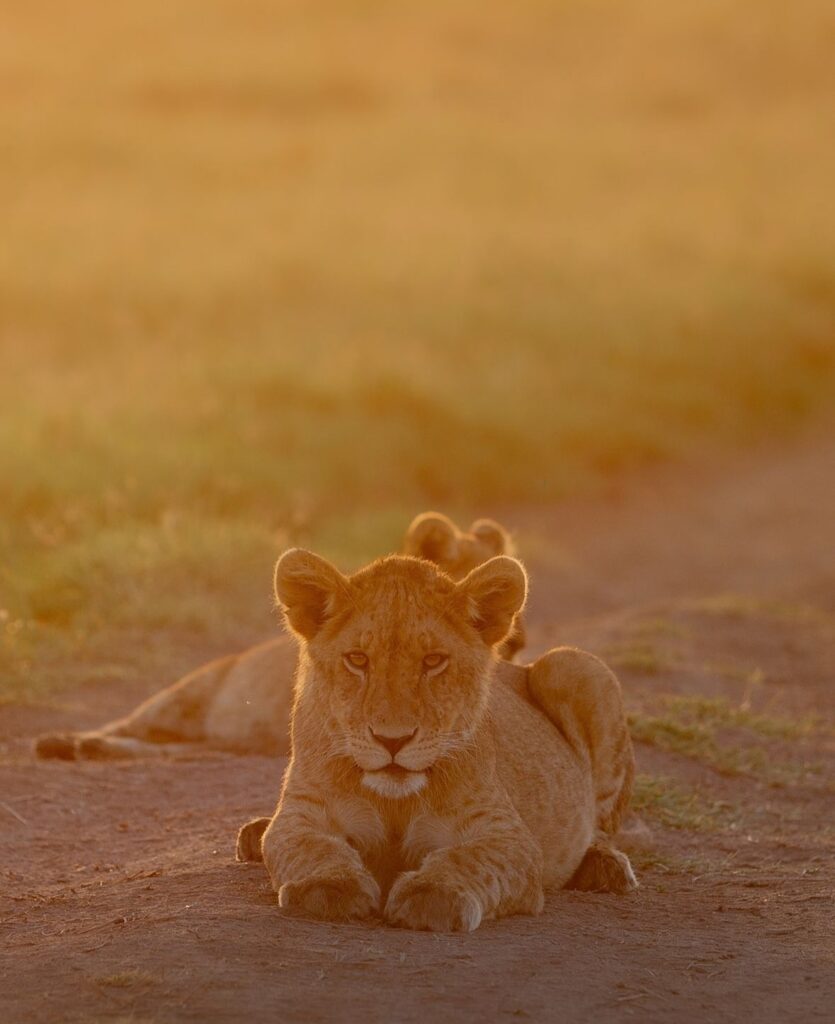
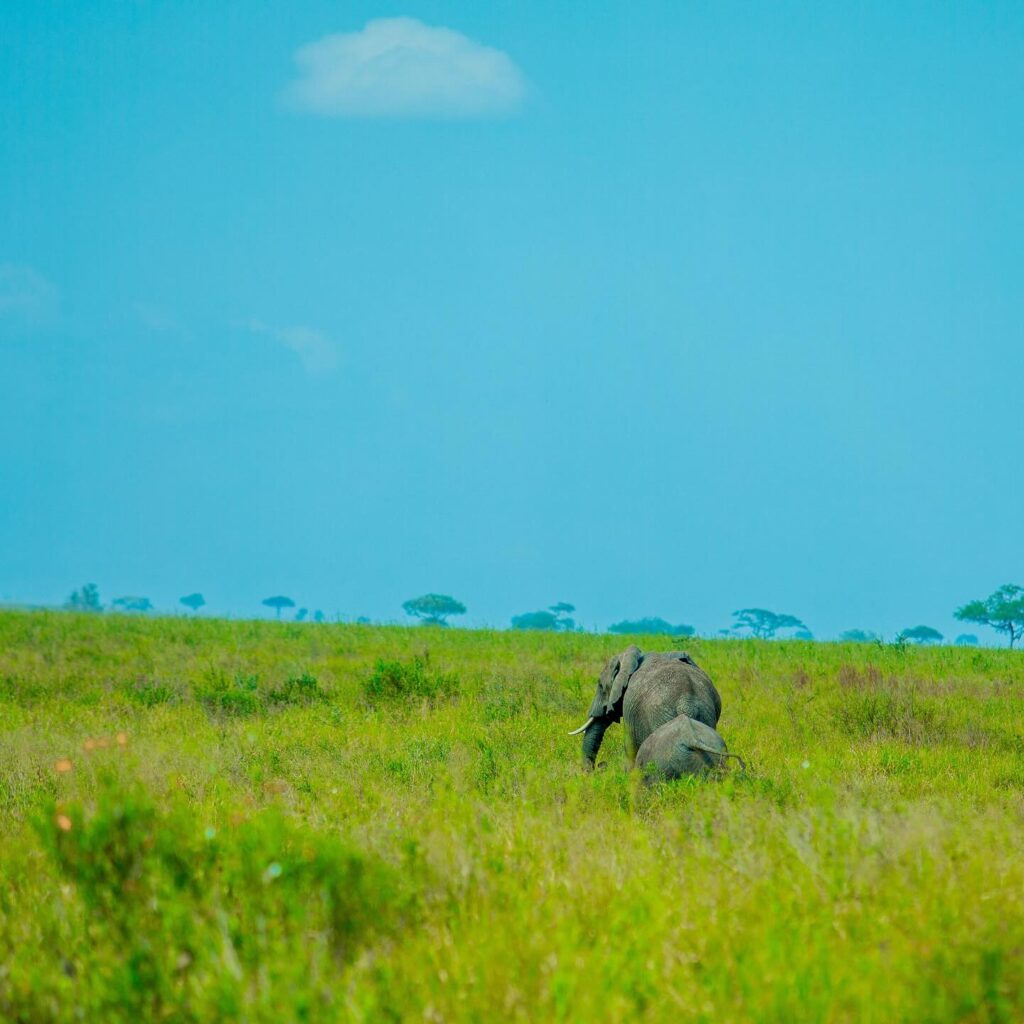
Serengeti National Park
Attraction
Among the park’s most famous attractions is the Great Migration, a spectacular annual event where over two million wildebeest, zebras, and gazelles move across the plains in search of greener pastures.
The park is also home to the Big Five — lion, elephant, buffalo, leopard, and rhino — and supports an impressive concentration of predators, including cheetahs and hyenas. Visitors can explore various regions like the Seronera Valley, known for year-round wildlife viewing, or the remote northern areas for river crossings and fewer crowds. Balloon safaris, sunrise game drives, and photographic opportunities make the Serengeti a truly unforgettable destination.
Ngorongoro Conservation Area - Africa’s Lost World in a Volcanic Crater
About the Park
The Ngorongoro Conservation Area is a unique, multi-use landscape where wildlife coexists with local Maasai communities. Its centerpiece is the Ngorongoro Crater, the world’s largest unbroken caldera formed from a collapsed volcano millions of years ago. This UNESCO World Heritage Site spans diverse habitats, including grasslands, highland forests, and volcanic ridges, and is often regarded as one of Africa’s most scenic safari locations. It is part of the larger Serengeti ecosystem and offers a spectacular setting for both ecological discovery and cultural interaction.
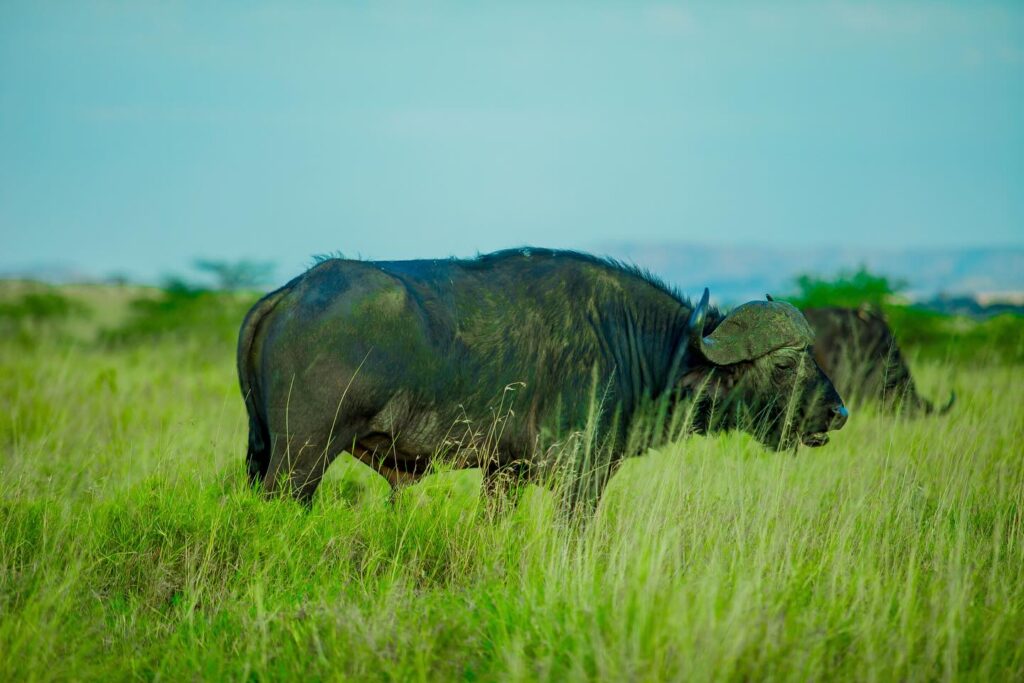
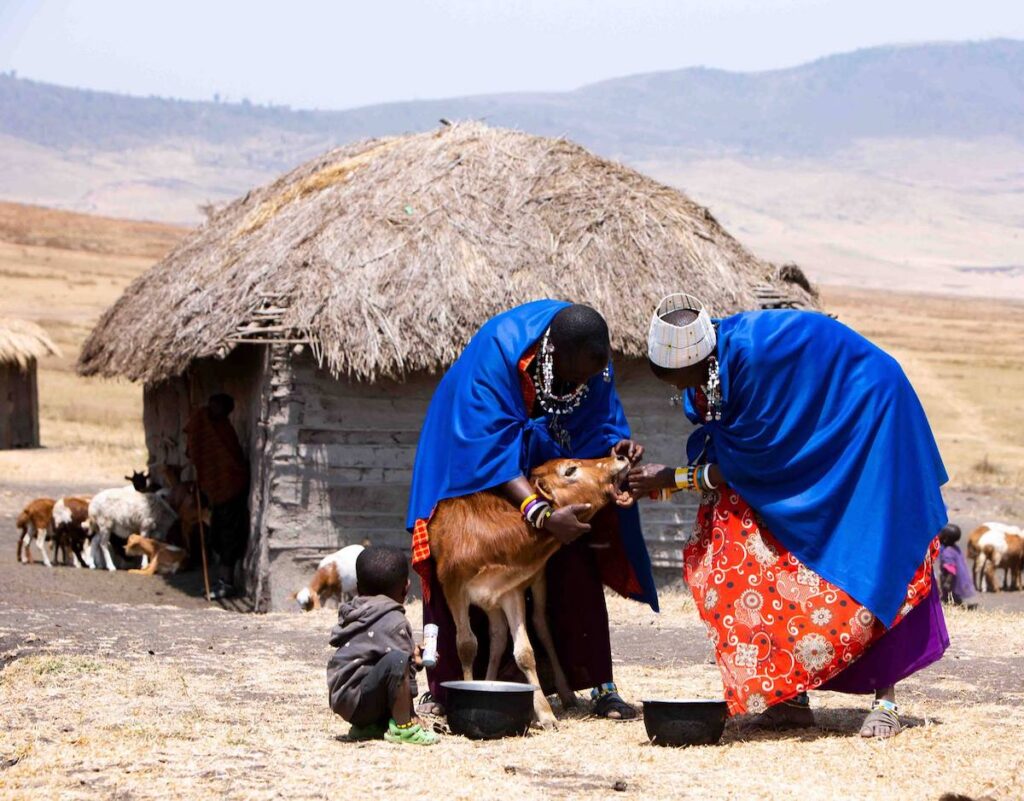
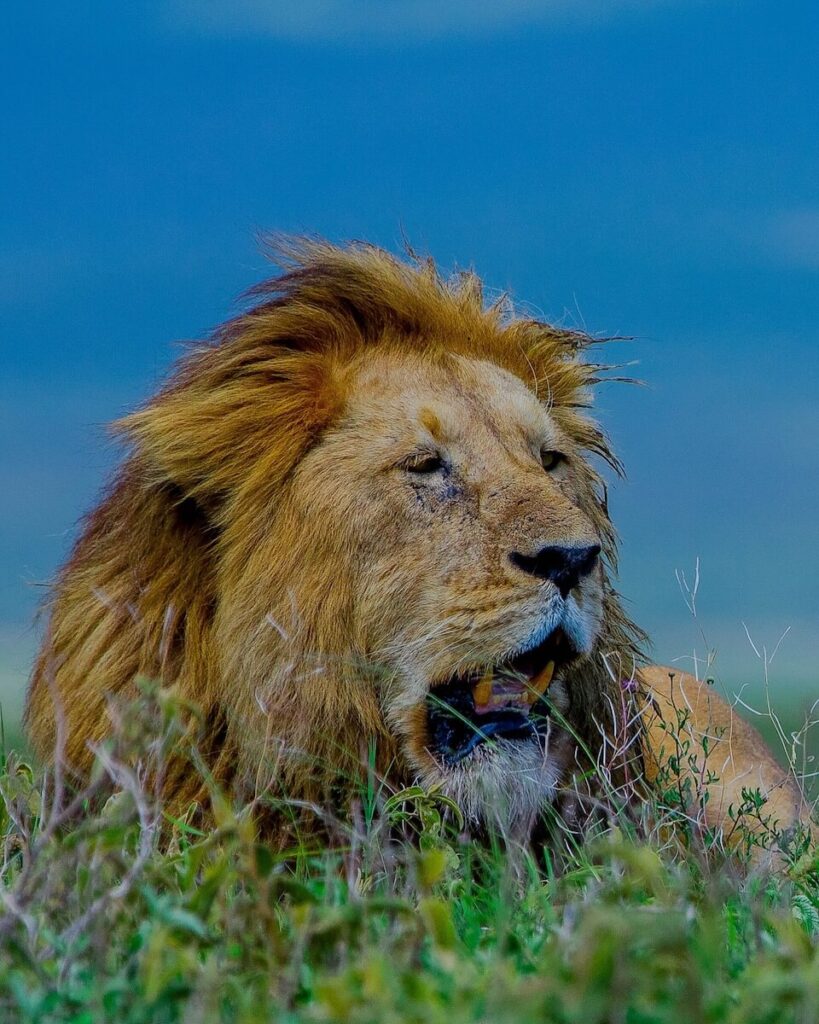
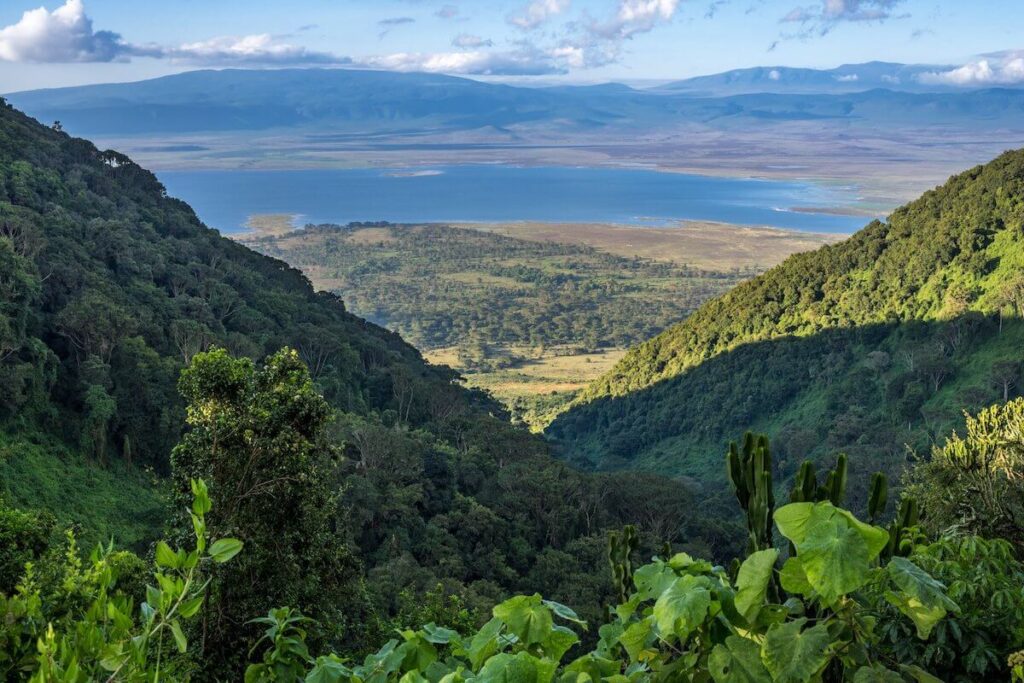
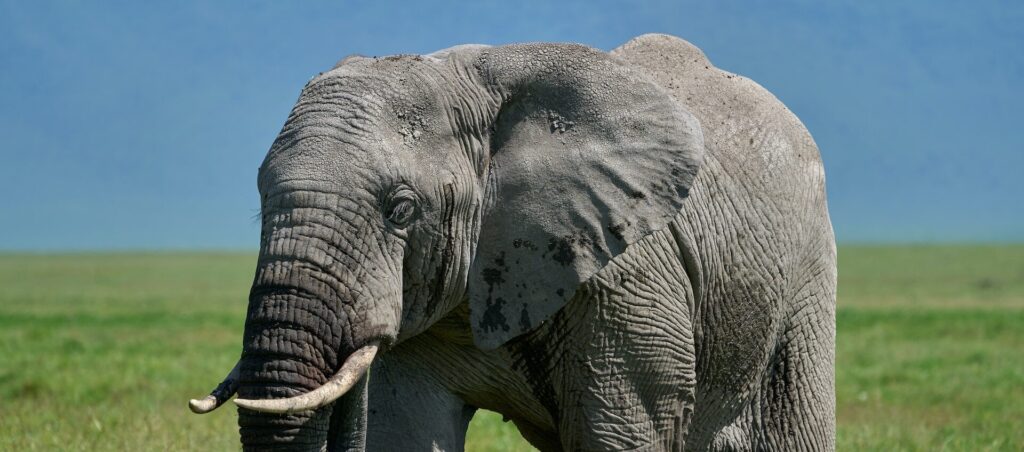
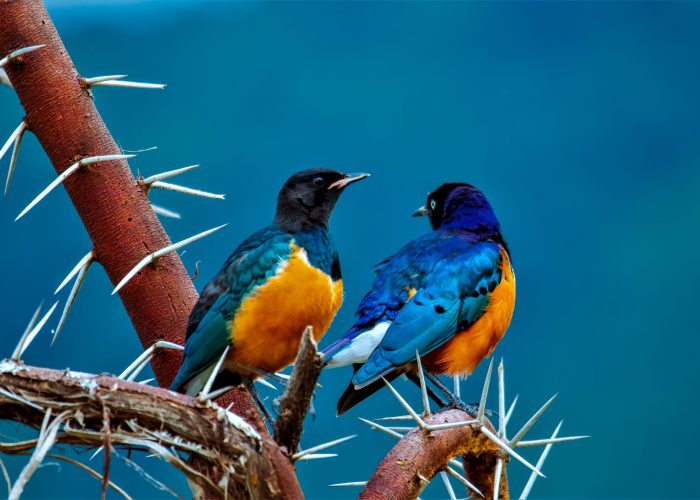
Ngorongoro Crater
About the Area
The Ngorongoro Crater hosts an astonishing density of wildlife within its 260 square kilometers. It’s one of the best places in Africa to see the Big Five in a single day, including the rare black rhino and large prides of lions. The crater floor is dotted with swamps, acacia woodlands, and the shallow Lake Magadi, which often attracts flamingos.
Other notable attractions include the Olduvai Gorge — one of the world’s most significant paleoanthropological sites — and Empakaai Crater, which offers hiking with breathtaking views. Cultural visits to nearby Maasai villages also provide insight into the region’s human heritage.
Tarangire National Park- The Land of Giants and Ancient Trees
About the Park
Located slightly off the main tourist trail, Tarangire National Park is a peaceful and scenic haven that covers roughly 2,850 square kilometers in northern Tanzania. Known for its sweeping savannahs, rolling hills, and iconic baobab trees, the park offers a more intimate and less crowded alternative to the busier reserves nearby. It is particularly popular during the dry season, when animals congregate around the Tarangire River, the park’s main water source.
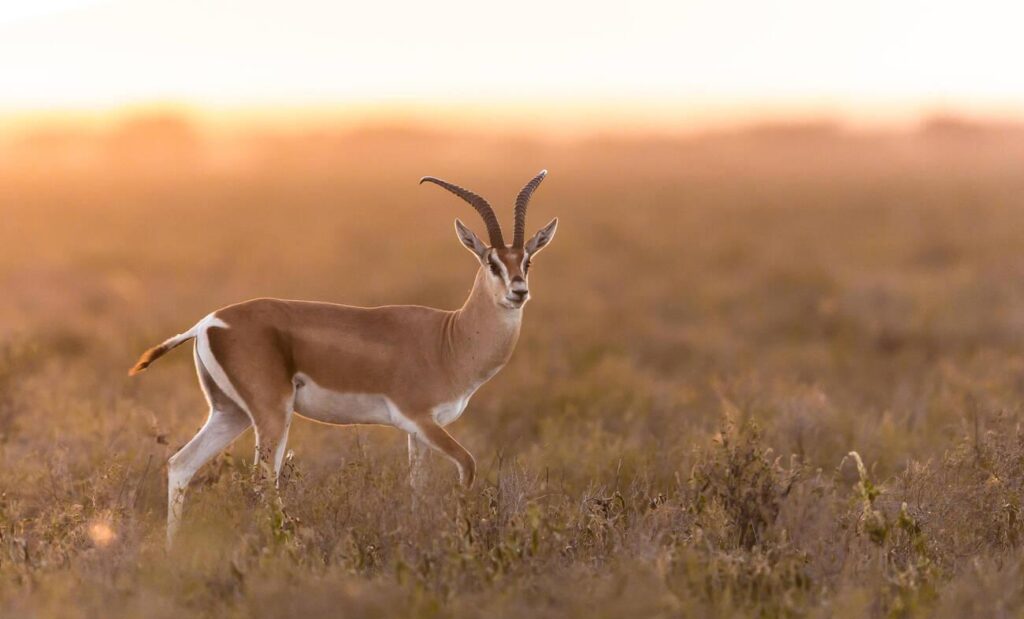
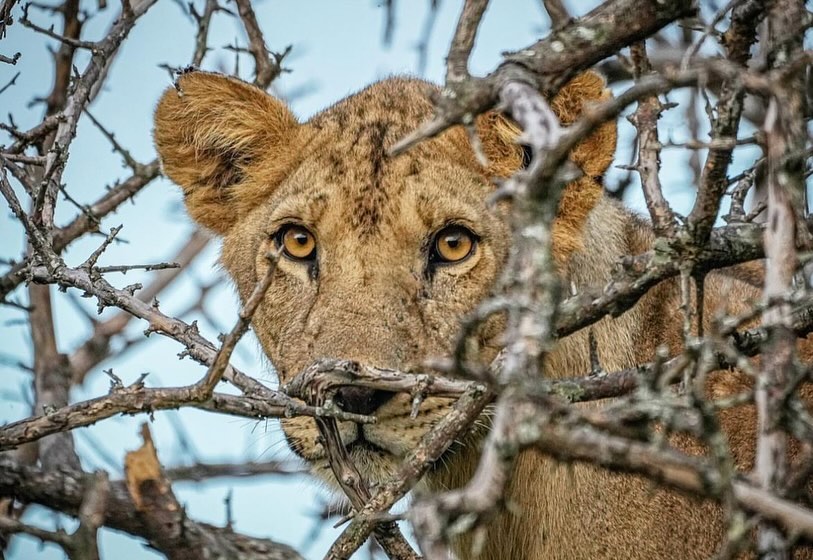
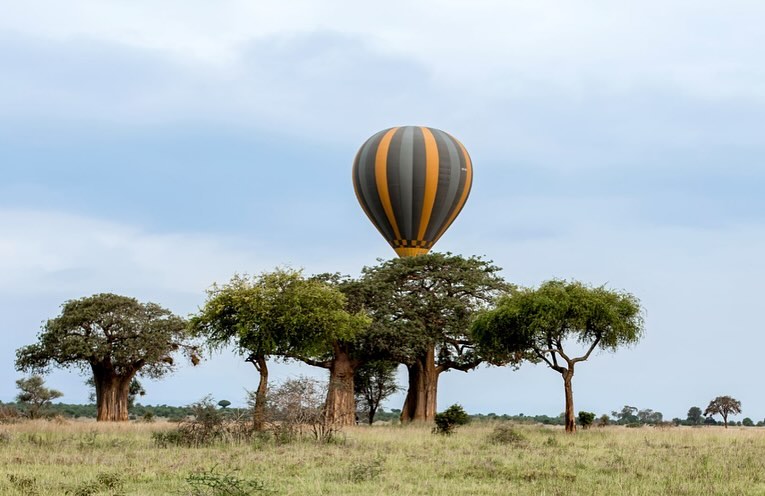
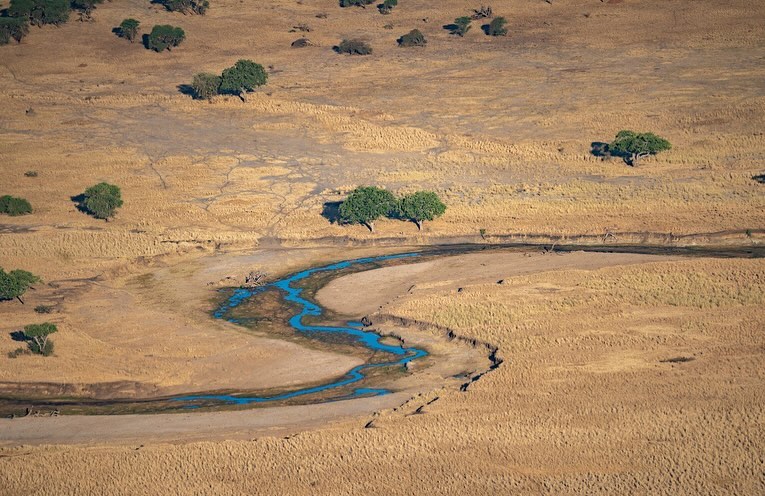
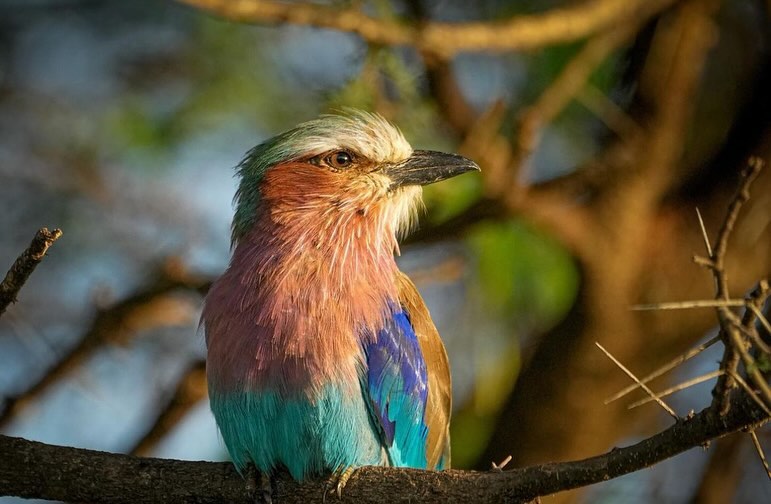
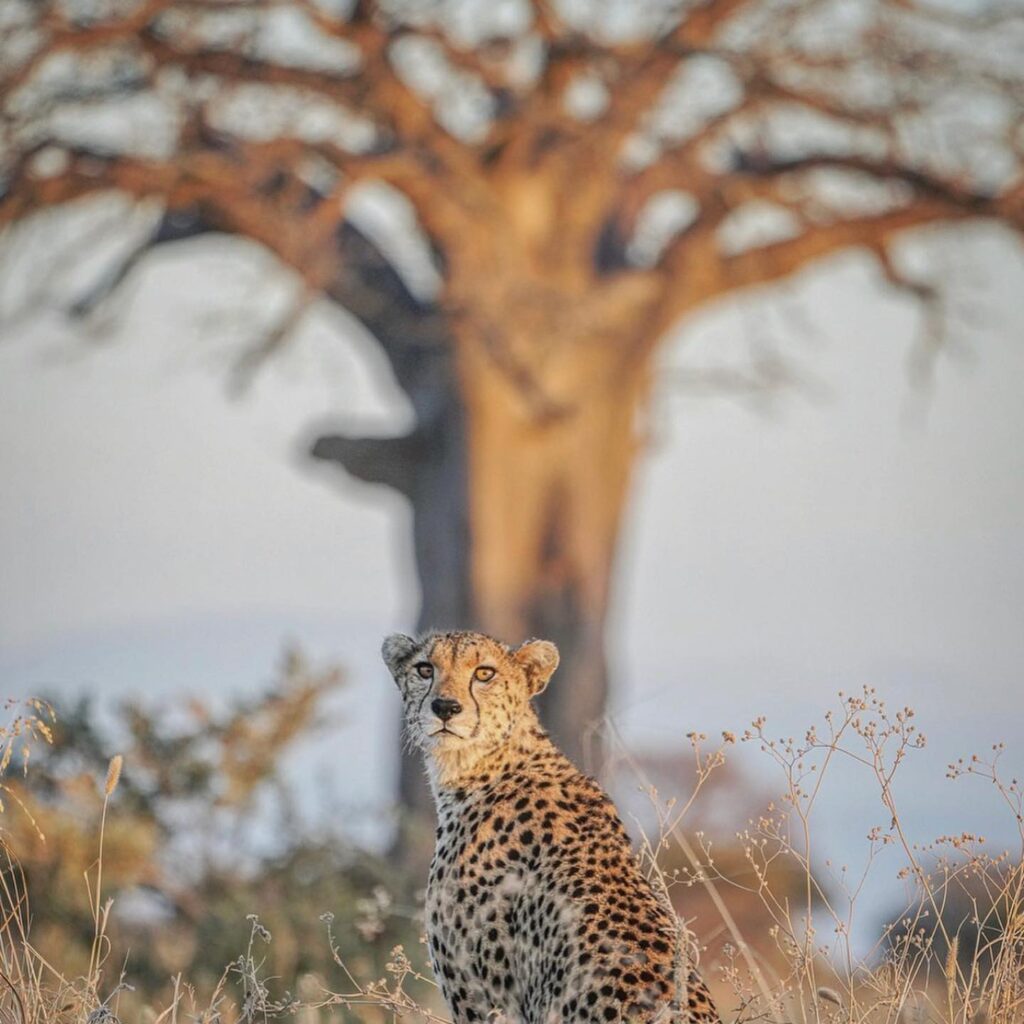
Tarangire National Park
Attraction
Tarangire is renowned for its large elephant herds, often seen roaming freely through the park’s open spaces. The park is also home to a diverse array of wildlife including giraffes, wildebeest, zebras, lions, leopards, and over 500 species of birds — making it a paradise for birdwatchers.
The Silale Swamp, located within the park, attracts many animals and predators alike and plays a vital role in sustaining the park’s ecosystem. Tarangire’s varied terrain and relative tranquility make it an excellent destination for photographers, nature lovers, and those seeking an authentic safari experience.
Lake Manyara National Park - A Compact Park with Unexpected Wonders
About the Area
Nestled at the base of the Great Rift Valley escarpment, Lake Manyara National Park is a small but ecologically diverse destination that spans just over 320 square kilometers. Despite its size, the park offers a range of environments including groundwater forests, open grasslands, and a shallow alkaline lake. It’s a perfect introduction to Tanzania’s wildlife and natural beauty, especially for those on a shorter itinerary or en route to the larger parks.
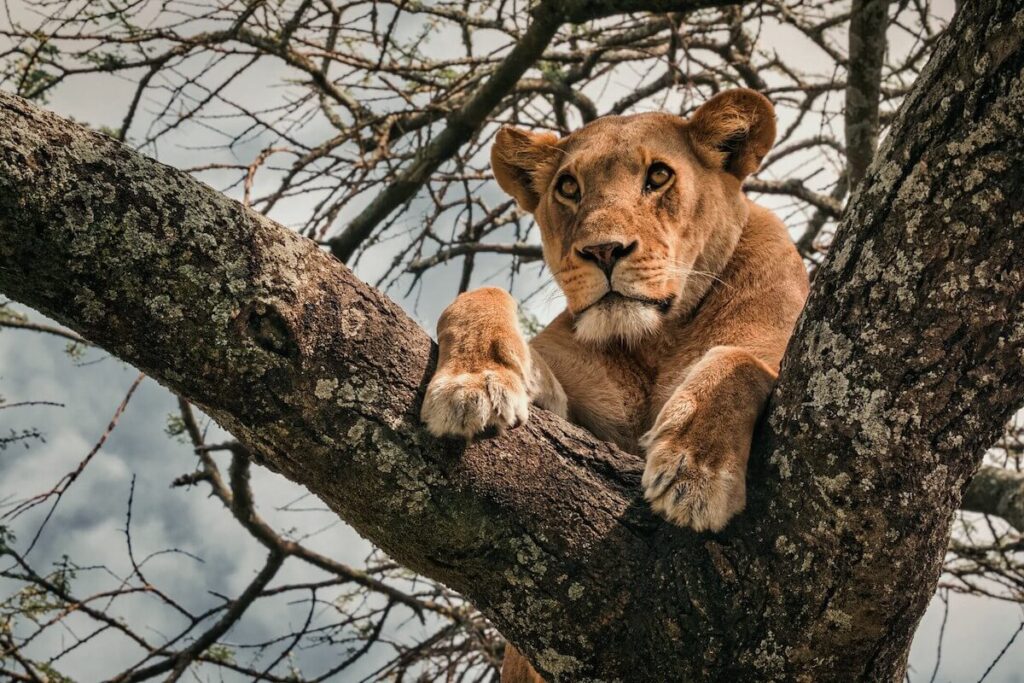
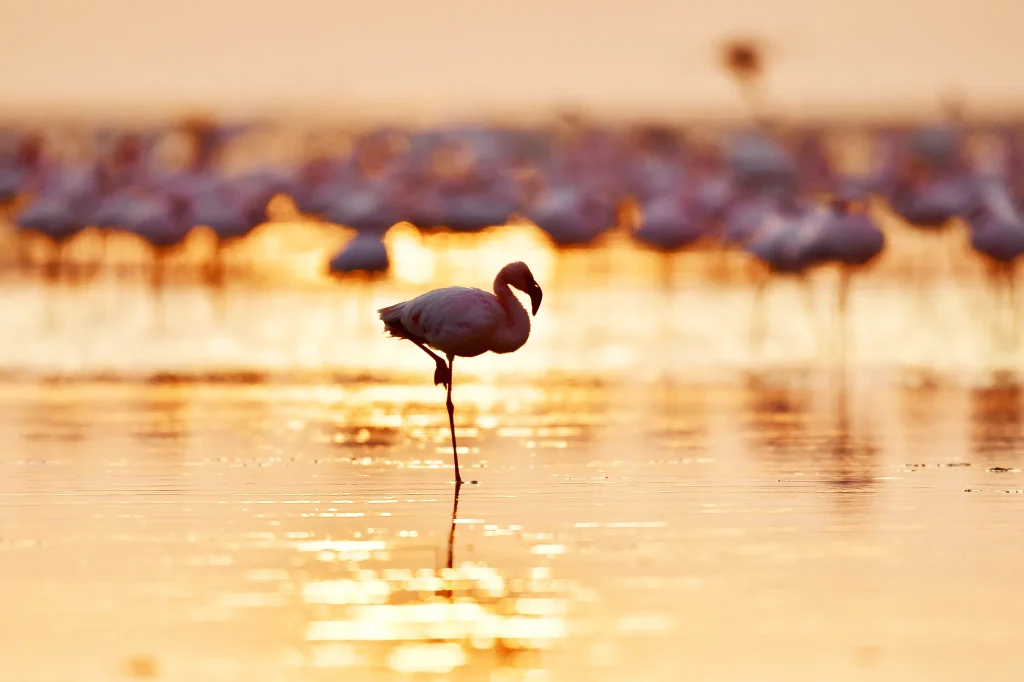
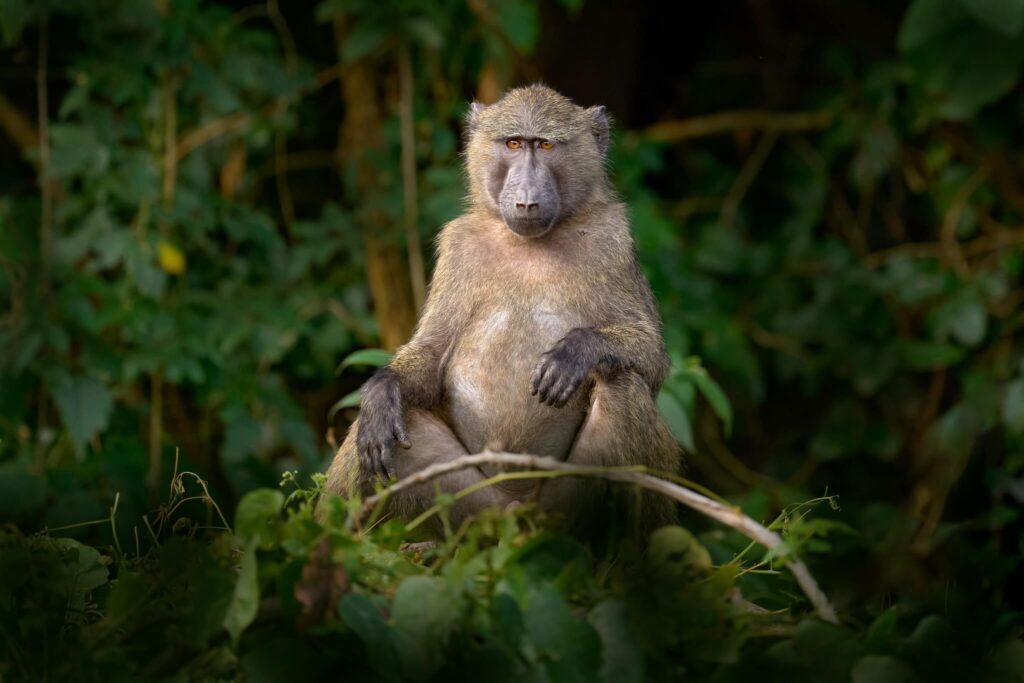
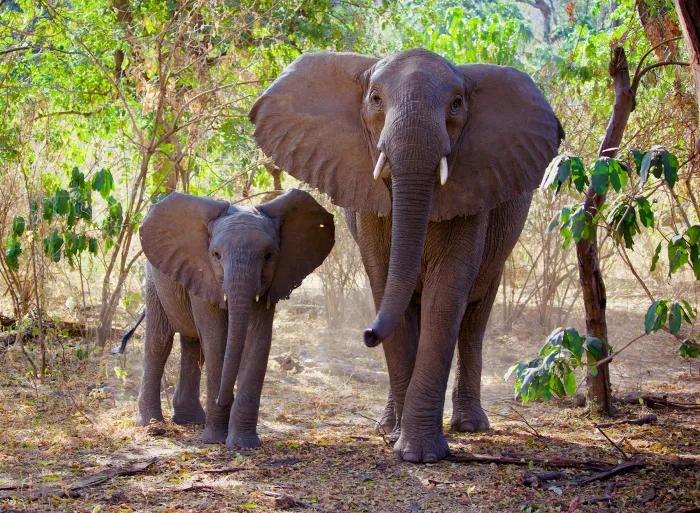
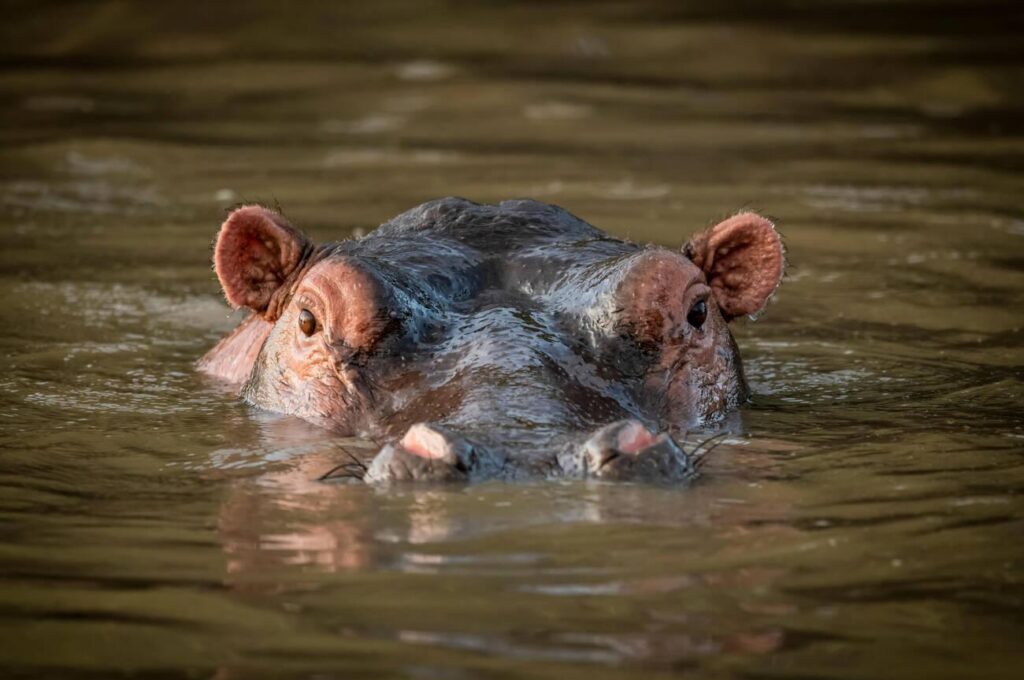
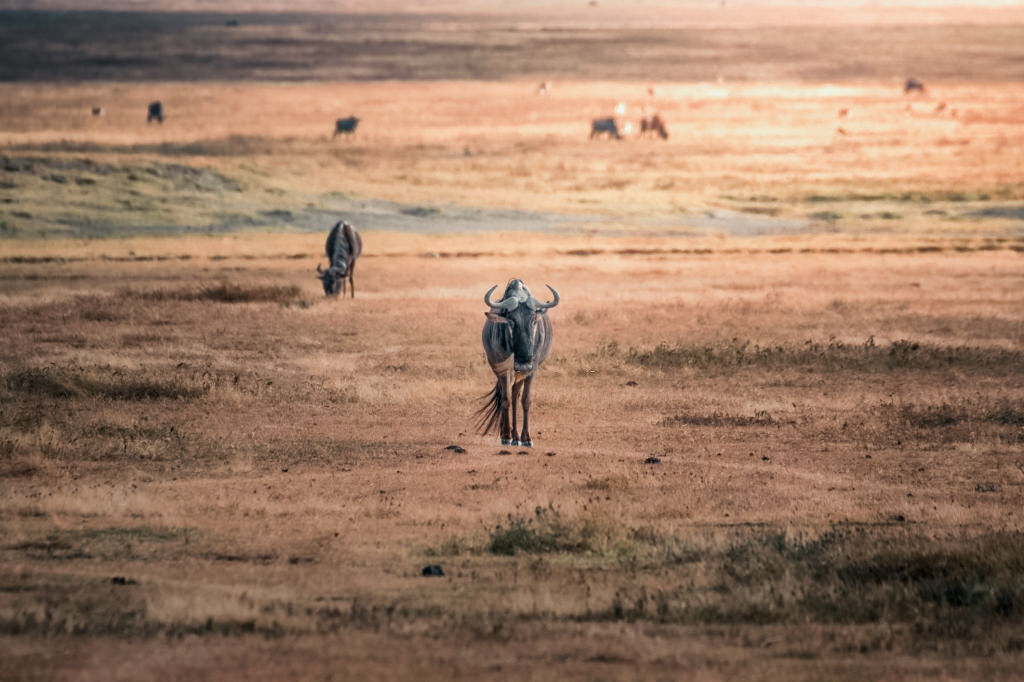
Lake Manyara National Park
Attraction
Lake Manyara is best known for its tree-climbing lions, an unusual behavior rarely observed elsewhere. The park’s alkaline lake hosts large flocks of flamingos, pelicans, and other water birds, particularly during the wet season. Elephants, buffaloes, hippos, giraffes, and large troops of baboons also inhabit the park, making game drives lively and rewarding.
Hot springs and boardwalks near the lake provide unique vantage points, while the forested areas near the entrance offer a refreshing, lush atmosphere compared to the drier parks on the circuit.
Arusha National Park - A Scenic Escape at the Gateway to the Safari Circuit
About the Area
Arusha National Park is a small yet diverse gem located just 40 minutes from Arusha city, making it an ideal introduction or conclusion to a Northern Circuit safari. Covering an area of 552 square kilometers, the park is nestled between Mount Kilimanjaro and Mount Meru, Tanzania’s second-highest mountain. Despite its compact size, Arusha National Park encompasses a wide range of ecosystems including montane forests, highland meadows, volcanic craters, and sparkling lakes. Its serene landscapes and proximity to urban centers make it perfect for day trips, nature lovers, and those looking for a softer safari experience before heading into the wilderness.
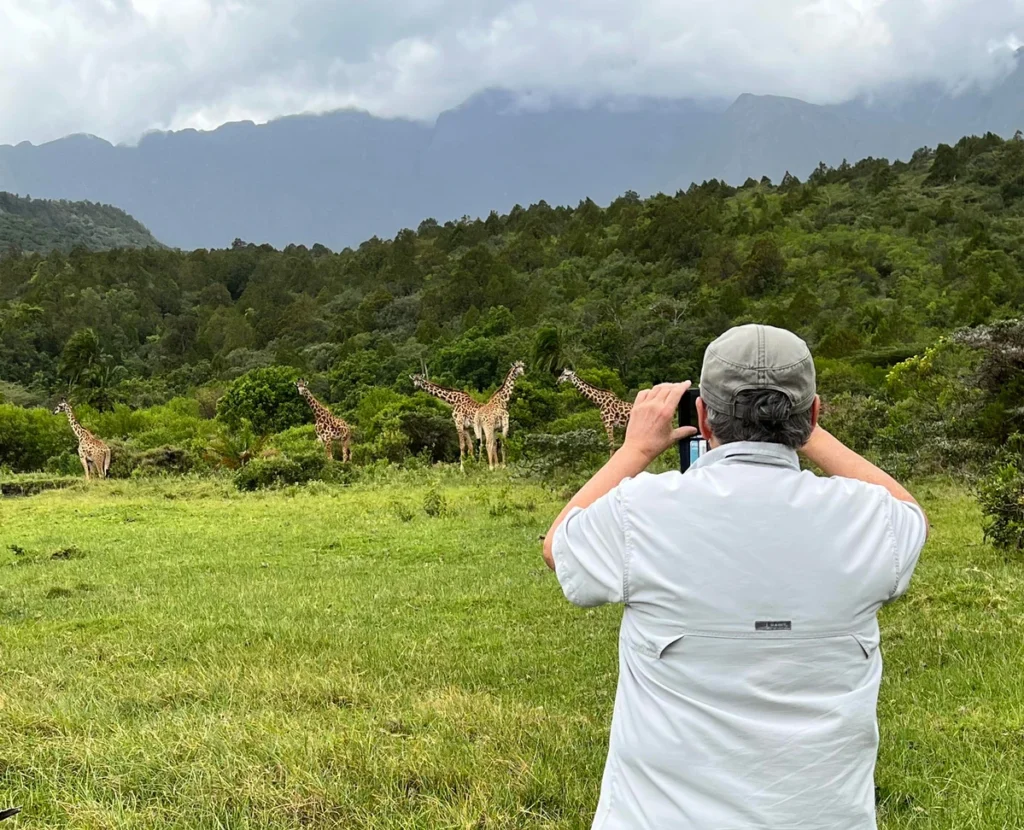
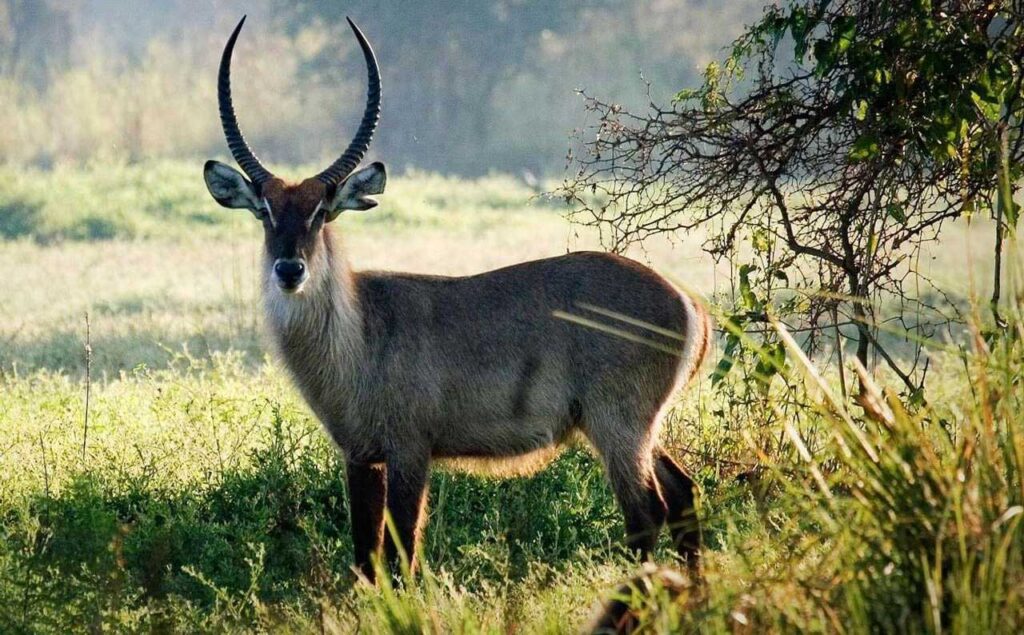
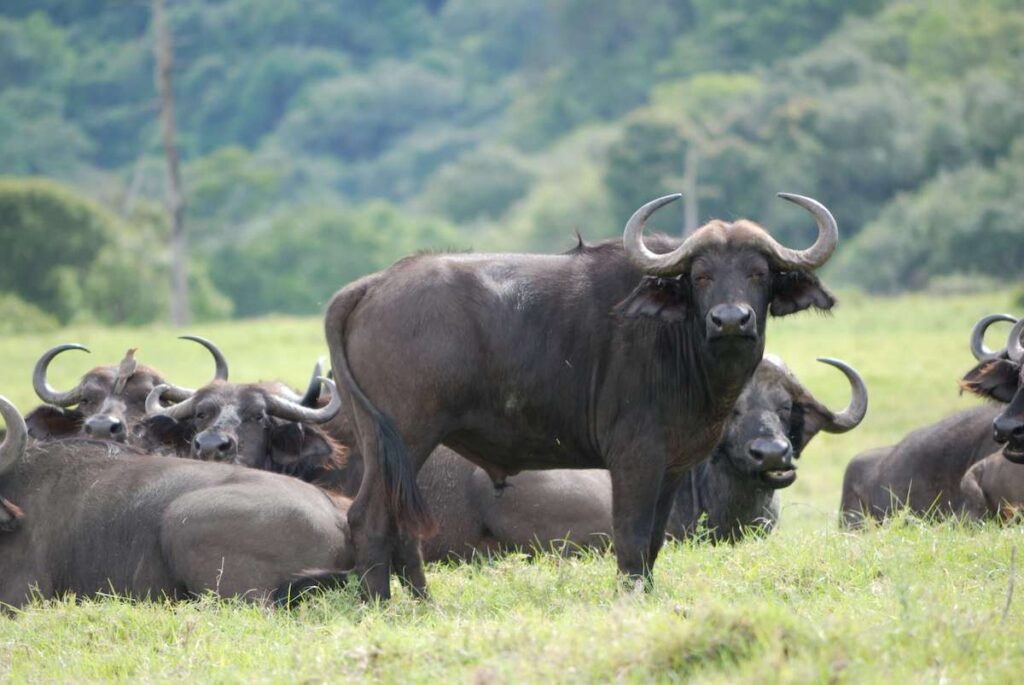
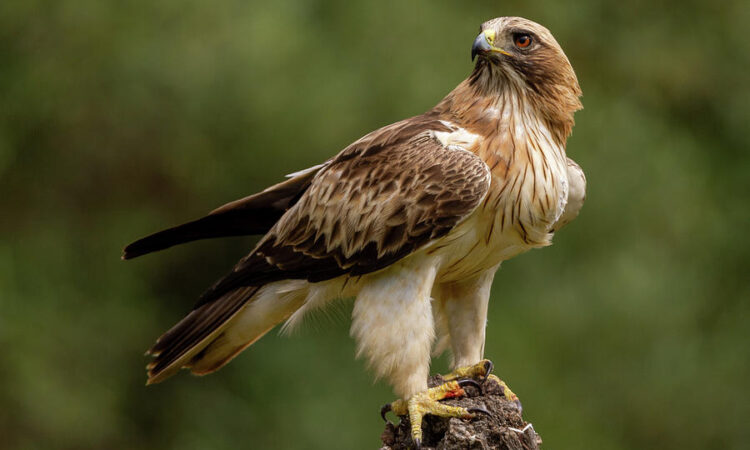
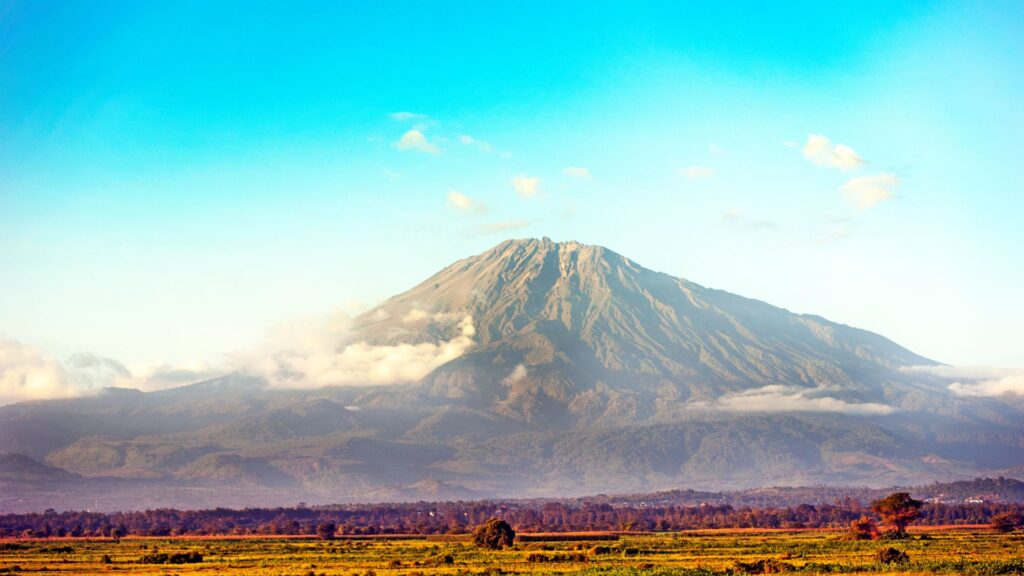
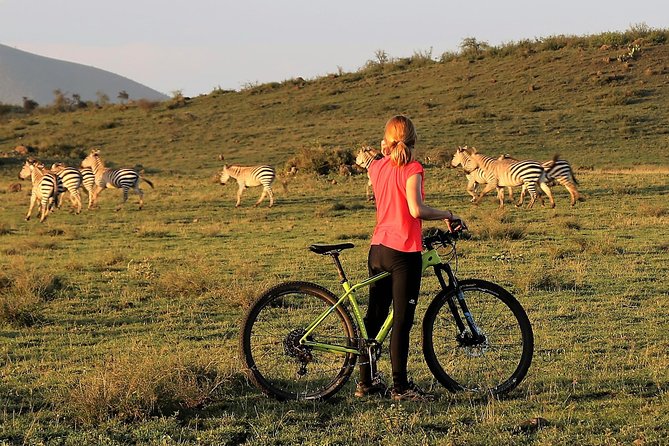
Arusha National Park
Attraction
The park’s attractions are as varied as its terrain. One of the highlights is Mount Meru, a striking volcanic peak that offers scenic hikes and challenging climbs with less traffic than Kilimanjaro. The Momella Lakes are another key feature, home to flamingos and a variety of aquatic birds, and ideal for canoe safaris — a unique offering not found in most Tanzanian parks.
Visitors can spot giraffes, zebras, buffaloes, warthogs, and black-and-white colobus monkeys while on walking safaris through forested paths, all with the backdrop of Kilimanjaro on clear days. Though it doesn’t host large predators, Arusha National Park offers a peaceful, intimate, and ecologically rich experience that beautifully complements the more wildlife-dense parks of the Northern Circuit.
